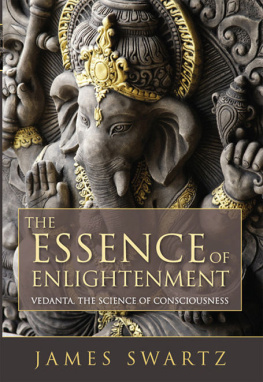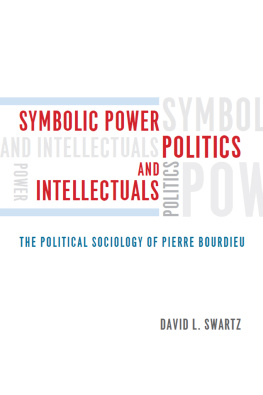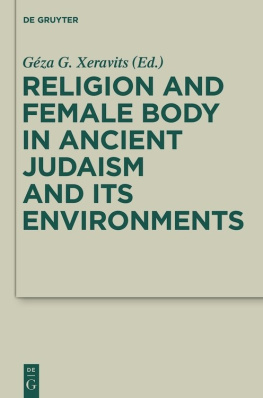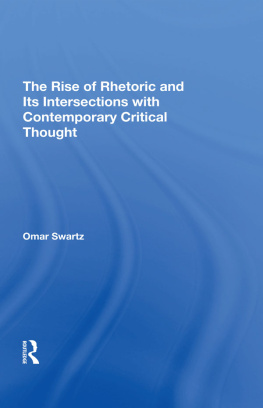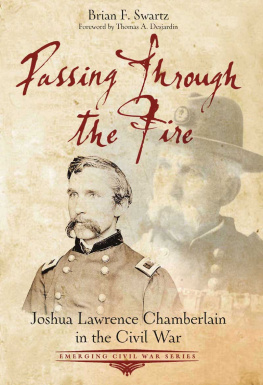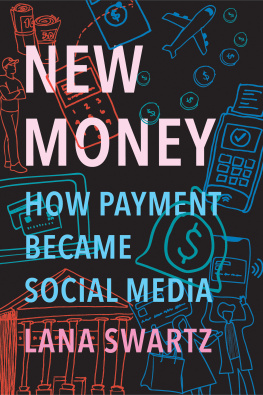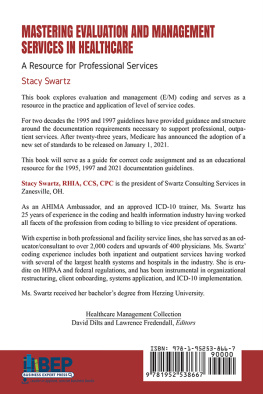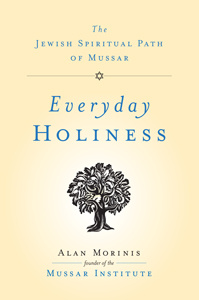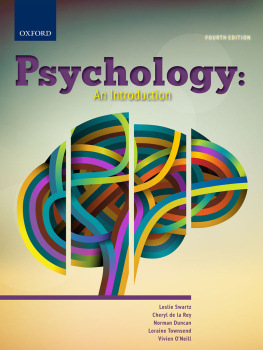Swartz - The signifying creator: nontextual sources of meaning in ancient Judaism
Here you can read online Swartz - The signifying creator: nontextual sources of meaning in ancient Judaism full text of the book (entire story) in english for free. Download pdf and epub, get meaning, cover and reviews about this ebook. City: New York, year: 2012, publisher: New York University Press, genre: Religion. Description of the work, (preface) as well as reviews are available. Best literature library LitArk.com created for fans of good reading and offers a wide selection of genres:
Romance novel
Science fiction
Adventure
Detective
Science
History
Home and family
Prose
Art
Politics
Computer
Non-fiction
Religion
Business
Children
Humor
Choose a favorite category and find really read worthwhile books. Enjoy immersion in the world of imagination, feel the emotions of the characters or learn something new for yourself, make an fascinating discovery.

The signifying creator: nontextual sources of meaning in ancient Judaism: summary, description and annotation
We offer to read an annotation, description, summary or preface (depends on what the author of the book "The signifying creator: nontextual sources of meaning in ancient Judaism" wrote himself). If you haven't found the necessary information about the book — write in the comments, we will try to find it.
Swartz: author's other books
Who wrote The signifying creator: nontextual sources of meaning in ancient Judaism? Find out the surname, the name of the author of the book and a list of all author's works by series.
The signifying creator: nontextual sources of meaning in ancient Judaism — read online for free the complete book (whole text) full work
Below is the text of the book, divided by pages. System saving the place of the last page read, allows you to conveniently read the book "The signifying creator: nontextual sources of meaning in ancient Judaism" online for free, without having to search again every time where you left off. Put a bookmark, and you can go to the page where you finished reading at any time.
Font size:
Interval:
Bookmark:
Thank you for buying this ebook, published by NYU Press.
Sign up for our e-newsletters to receive information about forthcoming books, special discounts, and more!
Sign Up!
A publisher of original scholarship since its founding in 1916, New York University Press Produces more than 100 new books each year, with a backlist of 3,000 titles in print. Working across the humanities and social sciences, NYU Press has award-winning lists in sociology, law, cultural and American studies, religion, American history, anthropology, politics, criminology, media and communication, literary studies, and psychology.
The Signifying Creator
Nontextual Sources of Meaning
in Ancient Judaism
Michael D. Swartz

NEW YORK UNIVERSITY PRESS
New York and London
www.nyupress.org
2012 by New York University
All rights reserved
Published with the support of Dr. Sigmund Stahl
References to Internet websites (URLs) were accurate at the time of writing. Neither the author nor New York University Press is responsible for URLs that may have expired or changed since the manuscript was prepared.
Library of Congress Cataloging-in-Publication Data
Swartz, Michael D.
The signifying creator : nontextual sources of meaning in ancient
Judaism / Michael D. Swartz.
p. cm.
Includes bibliographical references and index.
ISBN 978-0-8147-4093-4 (cl : alk. paper) ISBN 978-0-8147-2378-4 (ebook) ISBN 978-0-8147-0811-8 (ebook)
1. Jewish mythology. 2. Jewish legends. 3. Symbolism in rabbinical literature. 4. Jewish art and symbolism. 5. Semiotics Religious aspects Judaism. 6. Judaism History Post-exilic period, 586
B.C.-210 A.D. I. Title.
BM530.S88 2012
296.3 dc23 2011043493
New York University Press books are printed on acid-free paper, and their binding materials are chosen for strength and durability. We strive to use environmentally responsible suppliers and materials to the greatest extent possible in publishing our books.
Manufactured in the United States of America
10 9 8 7 6 5 4 3 2 1
For Amira and Sivan
The subject of meaning and how it is derived is not one to which I would naturally gravitate. As I imply in , I have always been intrigued by the things that language does other than generate meaning. I have also spent a good deal of time analyzing language that most people think is meaningless, especially the language of early Jewish magic and mysticism. The inspiration for this work came during my study of the magical cultivation of memory and was further advanced while studying postbiblical concepts of sacrifice, when I noticed patterns of thoughtexpressed in midrash, synagogue poetry, and ritual practicesthat I believe constitute a kind of indigenous semiotics of the nontextual.
I had been considering this idea while working on other projects when I was invited by the Skirball Department of Hebrew and Judaic Studies at New York University to give a series of lectures. They focused on bringing together some phenomena that I had observed while exploring some of the more unfamiliar corners of ancient Judaism, such as early Jewish mysticism and magic, the language and poetry of the ancient synagogue, and those sectors of Talmudic and midrashic literature dealing with such subjects as sacrifice, divination, and memory. This book, which emerged from those lectures, is not meant to be a comprehensive study of the idea of nontextual sources of meaning or of the individual subjects of these lectures. Rather, it is a series of vignettes. That is, the reader will not find an exhaustive analysis of rabbinic myths of creation or a catalog of divination texts and techniques from the Cairo Genizah. Likewise, although my argument is relevant to the idea, advanced in recent decades, that ancient Jewish thought constituted a kind of precursor to the modern critical theory of pantextuality, it does not engage the philosophical basis of that modern critical theory itself. Instead, I use these sources and methods selectively to illustrate a larger point, that ancient Jews looked not only to the text of the Torah and its textuality for signification but also to the world of objects, creatures, actions, and rituals, and that this tendency reflects a complex mentalit regarding how signification and interpretation are carried out.
This book is the result of many opportunities and influences for which I am grateful. First of all, I thank the Skirball Department of Hebrew and Judaic Studies for inviting me to inaugurate the Benita and Sigmund Stahl Lectures in Jewish Studies and Dr. Sigmund Stahl for endowing the series. At New York University, I learned many things, both specific and general, that I could not learn anywhere else; the influence of my teachers, including Baruch A. Levine and especially Lawrence H. Schiffman, should be apparent in these pages. I have also received much good advice from colleagues and friends at Ohio State University, including Professors Lindsay Jones, Sarah Isles Johnston, Fritz Graf, and Sam Meier, as well as Professors Raanan Boustan, Yuval Harari, Richard Kalmin, John Peacock, Peter Struck, Ilinca Tanaseanu-Doebler, Steven Wasserstrom, Elliot Wolfson, Joseph Yahalom, and New York University Presss anonymous reviewer. Jennifer Hammer of New York University Press guided this book to publication with unusual wisdom, acuity, and patience, particularly in the way she helped me transform these lectures into book form. My thanks also to Despina Papazoglou Gimbel and the edtiorial staff, and to Avram Shannon for his assistance with manuscript preparation.
An earlier version of appeared in Bubbling Blood and Rolling Bones: Agency and Teleology in Rabbinic Myth, in Antike Mythen: Medien, Transformationen und Konstruktionen, ed. Christine Walde and Ueli Dill (Berlin: De Gruyter, 2009), 22441.
My research and writing for this book were supported by grants from the College of Humanities, the Melton Center for Jewish Studies, and the Department of Near Eastern Languages and Literatures at Ohio State University, and by a Fulbright-Hays Fellowship for study in Israel. Ohio State Universitys libraryand especially its Judaica librarian, Joseph Galronas well as the libraries of the Jewish Theological Seminary, the University of Pennsylvania Center for Advanced Judaic Studies, and the Jewish National Library and their personnel all have been enormously helpful in helping this book take shape.
Several months after these lectures were delivered, my father, Bernard Swartz, zikhrono li-verakhah, passed away. He was a lover of language, a voracious reader, and an excellent storyteller. My regret that he did not live to see this book in print is tempered by my gratitude that he was able to read and appreciate the texts of the original lectures. I also am grateful that I continue to learn from my mother, Marcella Swartz, my brother Steven Swartz, and especially my wife, Suzanne Silver. Their influence can be seen throughout this book, because they inspired me personally and because we discussed these subjects over the years. This book is dedicated to our children, Amira and Sivan. They, too, have inspired my work, not only as a source of pride, but through our lively conversations about words, music, art, and life.
Introduction
Outside the Text
Jews have been known for centuries as a people of the book. This designation was first applied to Jews in Islam, which they have happily adopted as a description of themselves since the tenth century. It is common to think of classical Judaism as the text-centered civilization par excellence, based on the Torah and its interpretation. But the culture of Jews living in Palestine and Babylonia in late antiquity, from the first century CE to the early Middle Ages, also carried with it a profound tendency to derive meaning from sources outside the text.
Next pageFont size:
Interval:
Bookmark:
Similar books «The signifying creator: nontextual sources of meaning in ancient Judaism»
Look at similar books to The signifying creator: nontextual sources of meaning in ancient Judaism. We have selected literature similar in name and meaning in the hope of providing readers with more options to find new, interesting, not yet read works.
Discussion, reviews of the book The signifying creator: nontextual sources of meaning in ancient Judaism and just readers' own opinions. Leave your comments, write what you think about the work, its meaning or the main characters. Specify what exactly you liked and what you didn't like, and why you think so.

